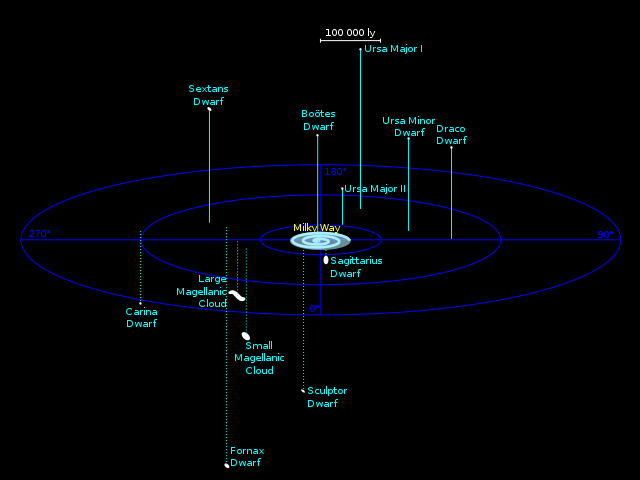Fastest stars in the Milky Way are ‘runaways’ from another galaxy | University of Cambridge
http://www.cam.ac.uk/research/news/fastest-stars-in-the-milky-way-are-runaways-from-another-galaxy
A group of astronomers have shown that the fastest-moving stars in our galaxy – which are travelling so fast
that they can escape the Milky Way – are in fact runaways from a much smaller galaxy in orbit around our own.
The researchers, from the University of Cambridge, used data from the Sloan Digital Sky Survey and computer simulations to demonstrate
that these stellar sprinters originated in the Large Magellanic Cloud (LMC), a dwarf galaxy in orbit around the Milky Way.
These fast-moving stars, known as hypervelocity stars, were able to escape their original home when the explosion of one star in a binary
system caused the other to fly off with such speed that it was able to escape the gravity of the LMC and get absorbed into the Milky Way.
The results are published in the Monthly Notices of the Royal Astronomical Society, and will be presented today (5 July) at the National
Astronomy Meeting in Hull.
Astronomers first thought that the hypervelocity stars, which are large blue stars, may have been expelled from the centre of the Milky Way
by a supermassive black hole. Other scenarios involving disintegrating dwarf galaxies or chaotic star clusters can also account for the speeds
of these stars but all three mechanisms fail to explain why they are only found in a certain part of the sky.
To date, roughly 20 hypervelocity stars have been observed, mostly in the northern hemisphere, although it’s possible that there are many more
that can only be observed in the southern hemisphere.
